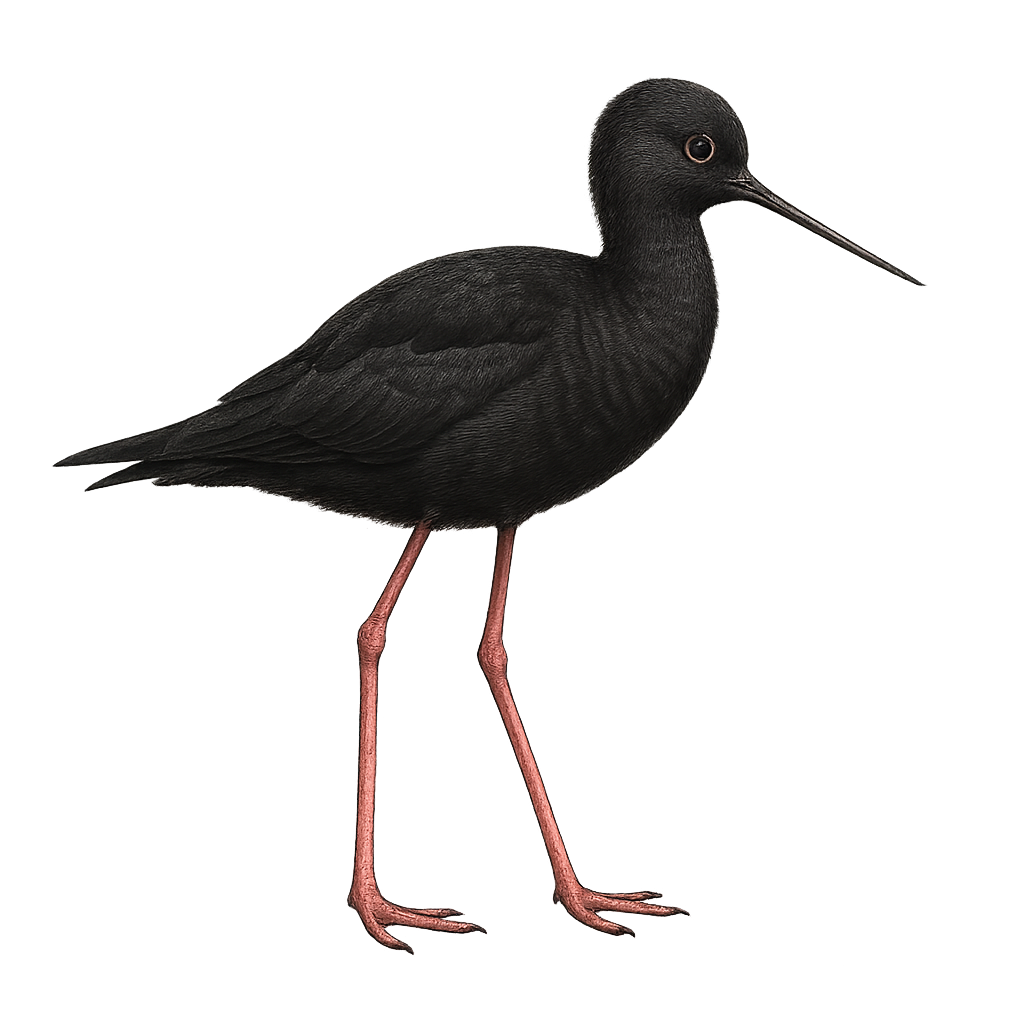Your wildlife photography guide.
Explore the black stilt in detail, study its behavior, prepare your shots.
Where to observe and photograph the black stilt in the wild
Learn where and when to spot the black stilt in the wild, how to identify the species based on distinctive features, and what natural environments it inhabits. The WildlifePhotographer app offers tailored photography tips that reflect the black stilt’s behavior, helping you capture better wildlife images. Explore the full species profile for key information including description, habitat, active periods, and approach techniques.
Black Stilt
Scientific name: Himantopus novaezelandiae

IUCN Status: Critically Endangered
Family: RECURVIROSTRIDAE
Group: Birds
Sensitivity to human approach: Suspicious
Minimum approach distance: 10 m
Courtship display: September to December
Incubation: 25-26 jours
Hatchings: September to January
Habitat:
Lakes, rivers, marshes
Activity period :
Primarily active during the day, with peak activity in the morning and late afternoon.
Identification and description:
The Black Stilt, or Himantopus novaezelandiae, is a wading bird endemic to New Zealand. It is characterized by its uniform black plumage, long red legs, and slender black bill. This rare and endangered bird prefers aquatic habitats such as lakes, rivers, and marshes. Its population is declining due to predation by introduced species and habitat loss. Conservation efforts include protecting breeding sites and captive breeding programs. The Black Stilt is a symbol of New Zealand's unique biodiversity and the importance of conserving endangered species.
Recommended lens:
400 mm – adjust based on distance, desired framing (portrait or habitat), and approach conditions.
Photography tips:
To photograph the Black Stilt, it is advisable to use a telephoto lens of at least 400mm to capture detailed images without disturbing the bird. Approach slowly and discreetly, using surrounding vegetation as cover. The best times to photograph are early morning or late afternoon when the light is soft and flattering. Be patient and wait for the bird to behave naturally to get authentic shots.
The WildlifePhotographer App is coming soon!
Be the first to explore the best nature spots, track rutting seasons, log your observations, and observe more wildlife.
Already 1 450 wildlife lovers subscribed worldwide

